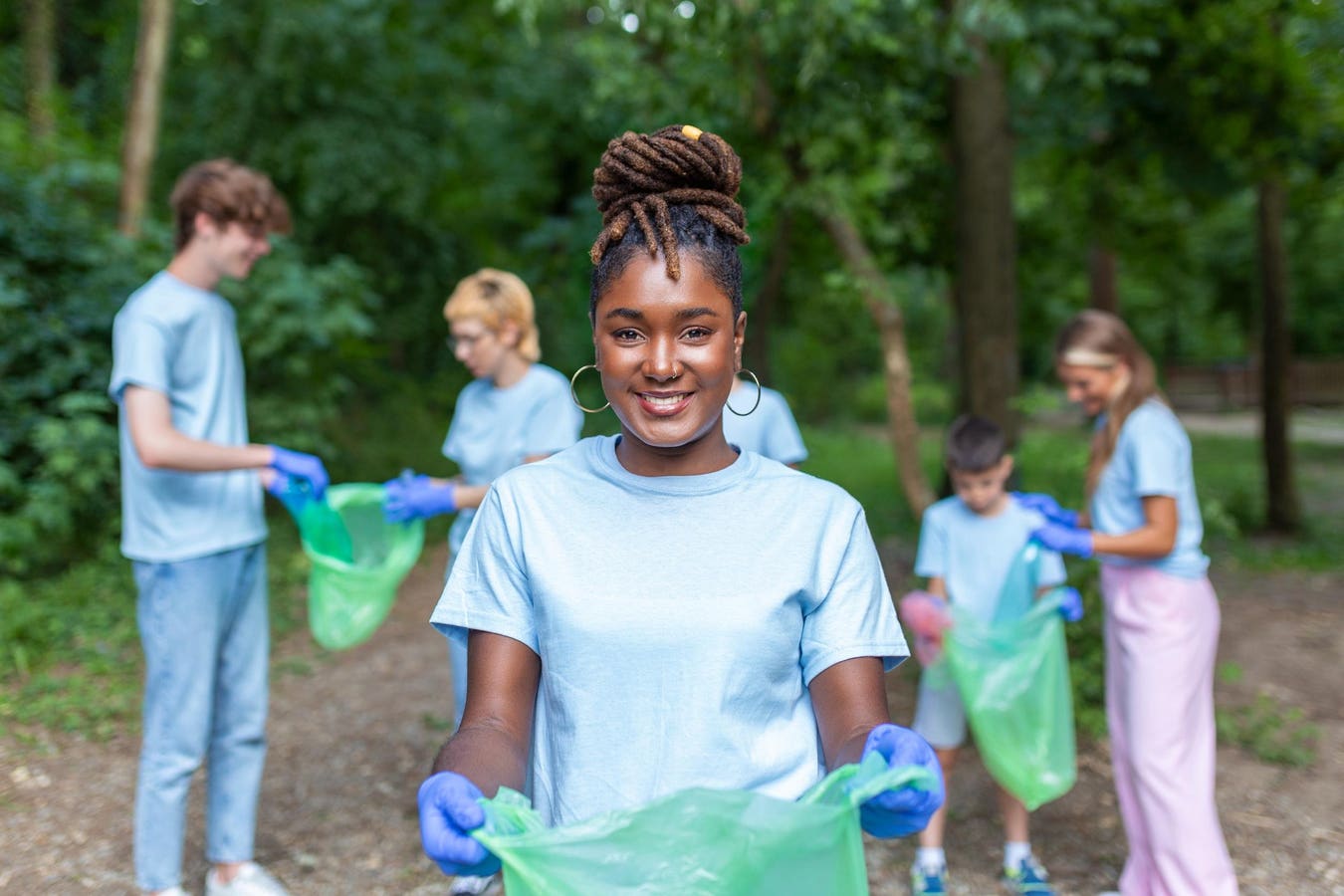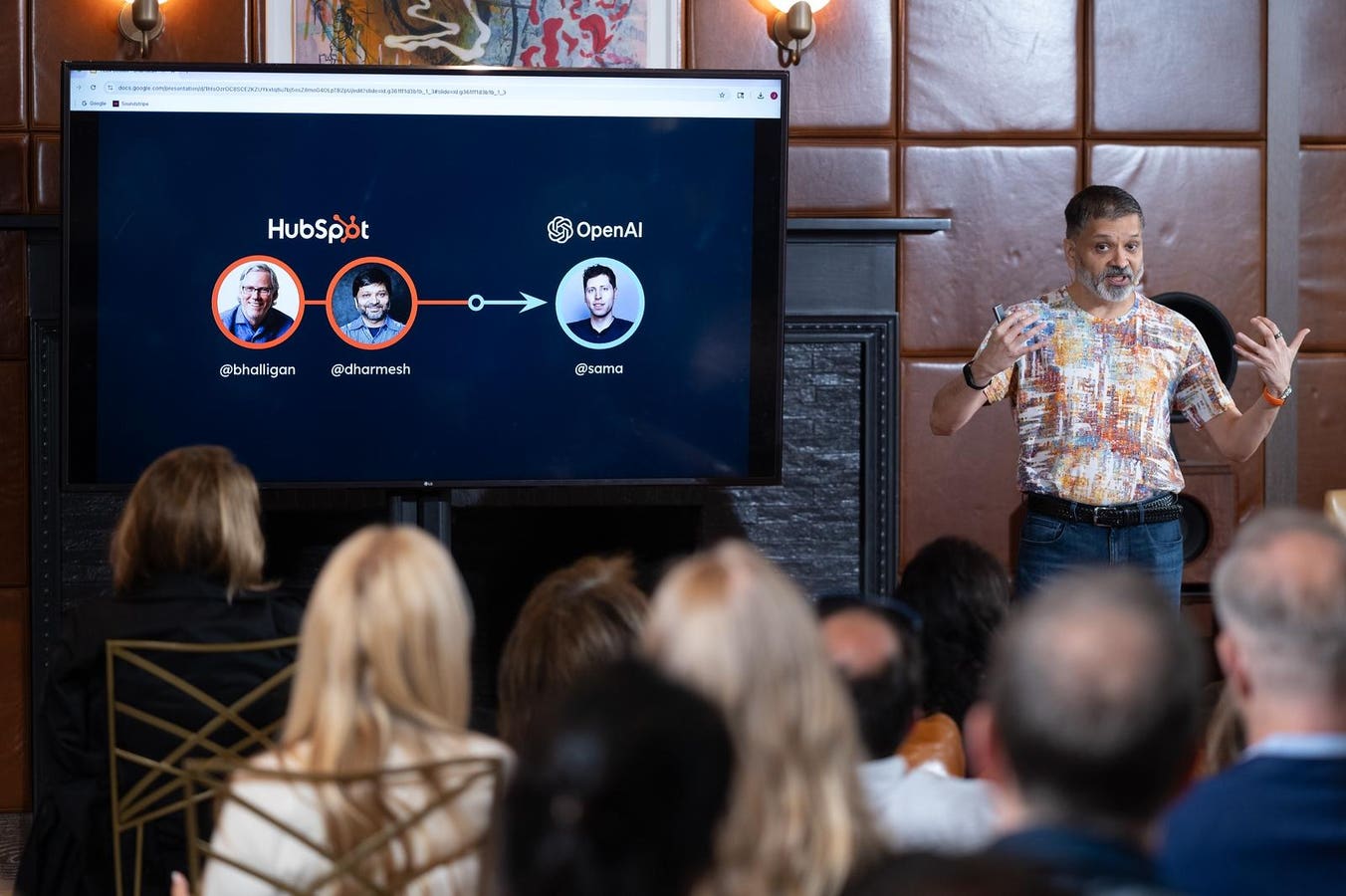Running man showing muscles, bones and a heart beart pulse
Sometimes in the rush to explore our interactions with neural nets (often in the form of LLMs) we forget to think about our own operating system and how it works.
Of course, scientists did spend a lot of time using human brain models, not to mention lower species like C. Elegans, to evaluate how neural networks can function.
That comparison was, no pun intended, a “no-brainer.”
But what about making sure that we evolve our own neural networks, as we work with brand new ones that don’t have our human anatomy?
Using Structured Movement to Rewire the Brain
One of the biggest tools at our disposal is the science around our own brains.
Now at first glance, the mind-body connection might seem to inspire a certain amount of “woo.”
But there is growing evidence that different kinds of stimuli, including physical movement, can help us to refine how our brains work by changing our neural patterns in a phenomenon called neuroplasticity.
Getting Your Intellectual Exercise
One way to do this is through exercising the mind.
A piece on the subject posted at My Brain Rewired talks about this in the context of language learning:
“The human brain is a dynamic, adaptable entity, capable of reorganizing itself in response to novel experiences and learning,” writes Gabriel Dalexander. “One of the most potent catalysts for this process is language acquisition. By embracing language learning, individuals can harness the brain’s remarkable ability to rewire and strengthen neural connections, leading to enhanced cognitive function and a multitude of benefits. The science behind language learning’s impact on the brain lies in its ability to stimulate synaptic plasticity, the process by which neural connections are strengthened and refined. As language learners navigate novel grammatical structures, vocabulary, and syntax, their brains adapt and reorganize, promoting increased neural density and activity.”
This starts to help us explore the idea of neuroplasticity. But physical motion can play a role as well.
Staying Active
This resource from Harvard Health talks about how different kinds of movement can help with cognition in the elderly.
“Exercise is not just beneficial for the body — it also has a powerful impact on the brain,” writes Jennifer Fisher. “Neuroplasticity is closely linked to the production of neurotrophins, a group of proteins that play a vital role in brain cell growth and function. Among the key neurotrophins involved in neuroplasticity is brain-derived neurotrophic factor (BDNF). Research suggests that lower levels of BDNF may contribute to cognitive decline, affecting memory, concentration, and learning ability.”
Fisher also writes about how movement increases blood flow to the brain, and reduces stress, potentially improving things like mood, memory, and focus.
The Embodied Age: Research on Motion
For more check out this recent talk by Yana Nakhimova Ph.D., founder of Body Mind Method.
First, Nakhimova asks participants to challenge their balance and tune their brain signals by waving an arm.
Noting our tendency toward outdated behavior, she describes a “body-based intelligence” and suggests we should be leveraging our brain circuitry to the cause.
“AI learns, adapts, self-optimizes, but humans, we freeze, we burnout, and disconnect,” she said. “We’re overwhelmed. And why? Because we are still running on outdated behavioral patterns, and we treat the body (as if it has no) role in intelligence. But here’s the truth, we have a body-based intelligence, and it’s time we start training it.”
Upgrade Neural Systems?
“What if we could upgrade our neural system(s) the same way AI updates its architecture, not through more thinking, but through embodied experience?” she asks. “And what we can do: we can use neuroplasticity. What the …. body (has) is a neuroplasticity-based program that helps people to shift their emotional, cognitive and behavioral patterns through structured movement. And it’s very interesting how we can use the body like your “interface” and push your brain, and change your behavioral patterns.”
We have AI 2.0, she said, but we also need “human intelligence 2.0.”
“(We need) not just positive thinking, and not just clear outputs, but (work on) how we can feel in our internal state,” she said. “(This is) part of what … can help humans be more adaptive, especially in AI environments.”
She also made a critical distinction between the neuroscience of structured motion, and traditional methodologies.
“This is not wellness,” she said. This is not yoga, not Pilates, not fitness. It’s behavioral science, neuroscience and movement, somatic experience.”
Through iterations, she suggested, we improve our responses.
“Just like AI learns through feedback loops, the human’s brain learns through feedback as well between your muscles and your brain,” she said. “When we were kids, what we did: we played a lot, we moved a lot, and we built our skills step by step. So it’s very interesting how we can use movement in a new way and help us.”
She ended with an appeal to the body science of neurology:
“(The) body can shift the pattern, and we can evolve together … human intelligence with artificial intelligence,” she said. “As we build authentic AI, we also must cultivate a human agenda, for humans, and the most direct way to do that is through the body. So the next evolution of intelligence must include the human body, because it’s our interface.”
That’s all compelling.
As we’re looking closely at our AI counterparts, we should keep looking at ourselves, too. We want to equip our minds to deal with the rapidly changing world, and that might include using structured movement to our advantage.








